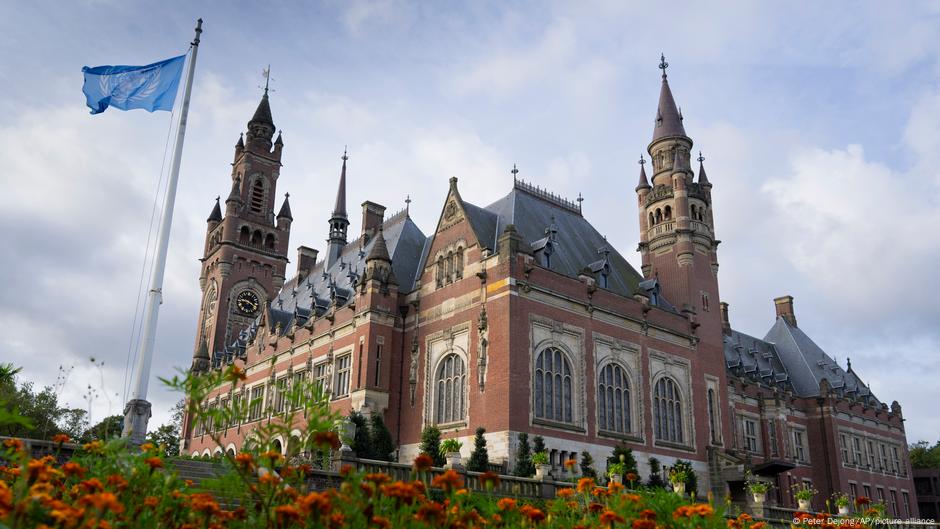
"The International Court of Justice is the principal judicial organ of the United Nations, as stated in Chapter XIV, Article 92 of the UN Charter, binding the 193 member states to comply with its decisions."
"The ICJ consists of 15 judges from different countries, elected by the UN General Assembly and the Security Council, with fixed quotas ensuring that all regions of the world are represented."
"The ICJ is distinct from the International Criminal Court, which tries individuals accused of charges like war crimes, while the ICJ hears cases where states act as adversaries."
"The court's role in settling international disputes began after it was established in the Peace Palace in The Hague, which has withstood two world wars."
The Peace Palace in The Hague symbolizes the commitment to resolving international conflicts. Completed in 1913, the building witnessed two world wars and became integral to the League of Nations before transitioning to house the International Court of Justice (ICJ) with the founding of the United Nations after World War II. The ICJ functions as the principal judicial body of the UN, composed of 15 judges from various countries. It addresses disputes between states, distinct from the International Criminal Court, which prosecutes individuals for crimes such as war crimes.
Read at www.dw.com
Unable to calculate read time
Collection
[
|
...
]